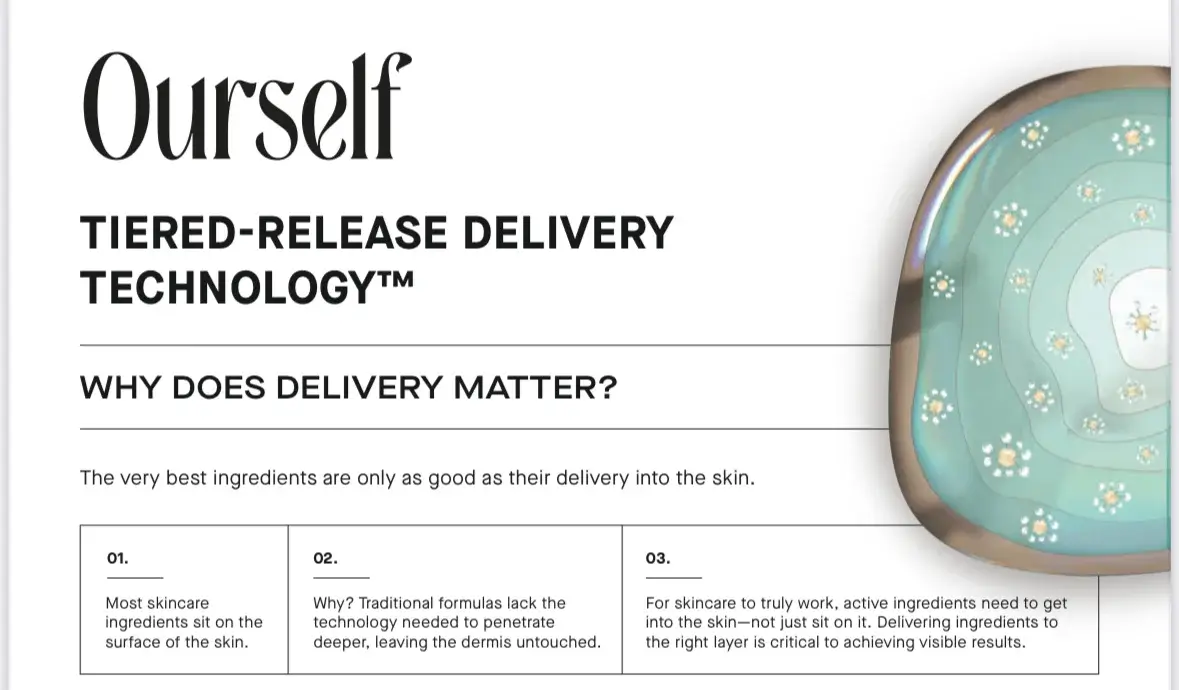
Chemical peels have swiftly risen to prominence in contemporary skincare, offering the allure of refreshed and glowing skin. As they become the go-to solution for many tackling diverse skin issues, it’s essential to grasp their intricate details. Delving into the science that fuels their remarkable results and exploring the spectrum of advantages they present, chemical peels underscore the progress in dermatological practices. Hormone Therapy of Orlando shines as a hub for those pursuing unparalleled wellness. Through this guide, we intend to demystify the extensive benefits of chemical peels, empowering readers to make educated choices about this sought-after skin renewal method.
The Science Behind Chemical Peels: A Deep Dive
Chemical peels have carved a significant niche in the skincare realm. But what propels their efficacy? Let’s unravel the science behind these transformative treatments:
- Basics First: What Is a Chemical Peel? Chemical peels remove the damaged outer layers of the skin with an acid solution. This exfoliation process paves the way for rejuvenated skin.
- The Main Actors: Types of Acids Used
- Glycolic Acid: Derived from sugar cane and effective for treating fine lines and acne.
- Salicylic Acid: Ideal for acne-prone skin, this beta hydroxy acid unclogs pores.
- Lactic Acid: Sourced from sour milk, it’s gentle and suits sensitive skin.
- TCA (Trichloroacetic Acid): Targets deeper layers, addressing pronounced wrinkles and scars.
- Cellular Impact: How Peels Renew Skin
- Chemical peels expedite the natural exfoliation process, shedding dead skin cells.
- They stimulate collagen production, the protein responsible for skin’s elasticity.
- Depth Matters: Levels of Peels
- Superficial Peels: Only affect the outermost skin layer, offering mild results.
- Medium Peels: Penetrate the middle skin layer, addressing age spots and fine lines.
- Deep Peels: Reach the deepest skin layers, tackling coarse wrinkles and scars.
- Speeding Up Skin Turnover: Our skin naturally sheds and renews itself. Chemical peels accelerate this cycle, ensuring fresher skin surfaces faster.
- Safety First: pH Levels: The effectiveness of a peel is often tied to its pH level. Lower pH means higher acidity and potentially deeper penetration.
- Post-Peel Glow: Boosting Blood Flow: Chemical peels enhance blood flow, delivering nutrients and promoting healing after inducing a controlled injury.
- Tailored Treatments: Customization is Key: Not all skins are alike. Dermatologists often adjust peel formulations to cater to individual skin types and concerns.
The potency of chemical peels isn’t mere hype. Grounded in sound scientific principles, they offer a systematic approach to skin rejuvenation. If you’re contemplating a peel, understanding this science can guide your journey to luminous skin.
The Different Types of Chemical Peels: Choosing Your Best Fit
With the buzz surrounding chemical peels, it’s pivotal to discern which type suits your unique skin needs. Let’s delve into the varied types of chemical peels to ensure you make an informed choice:
- Superficial Peels (or Lunchtime Peel)
- Active Ingredient: Often use alpha-hydroxy acids (AHAs) like glycolic or lactic acid.
- Effect: Gently exfoliates the skin’s surface.
- Downtime: Minimal to none; hence, the nickname “lunchtime peel.”
- Best For: Mild discoloration, rough skin, and refreshing face, neck, chest, or hands.
- Medium Peels
- Active Ingredient: Typically employ trichloroacetic acid (TCA) or glycolic acid in more substantial concentrations.
- Effect: Penetrates the outer and middle layers of skin to remove damaged cells.
- Downtime: A few days to heal, with possible mild swelling or redness.
- Best For: Age spots, fine lines, wrinkles, and freckles.
- Deep Peels
- Active Ingredient: Phenol is the primary agent.
- Effect: Aggressively penetrates the mid to lower layers of skin.
- Downtime: Extensive healing time, often up to two weeks, with significant swelling and redness.
- Best For: Moderate to severe lines, age spots, shallow scars, and even precancerous growths.
- Note: Given its intensity, you typically undergo this peel only once.
- Salicylic Acid Peels
- Effect: Known to unclog pores deeply.
- Best For Acne-prone skin and those with blackheads.
- Jessner’s Peel
- Active ingredients include salicylic acid, lactic acid, and resorcinol.
- Effect: Removes the top layers of skin for a rejuvenated appearance.
- Best For: Pigmented, sun-damaged, or acne-scarred skin.
- Mandelic Acid Peel: A mild peel is often used for prepping the skin. It is best for sensitive skin types and those new to peels.
- Customized Peels: Many dermatologists offer tailored peels based on a combination of acids to address specific skin concerns.
With the array of chemical peels available, aligning your choice with your skin goals and tolerance levels is crucial. Consultation with a skin care professional can refine your decision, paving the way for radiant, refreshed skin.
Key Benefits of Chemical Peels: Unveiling Radiant Skin
It is no secret that chemical peels work wonders for rejuvenating the skin. Their widespread popularity isn’t just based on trends; the results speak for themselves. Here, we spotlight the critical benefits of chemical peels to showcase why they’ve become a staple in aesthetic care:
- Smoother Skin Texture: Chemical peels remove dead skin cells, revealing smoother skin.
- Enhanced Skin Tone: By promoting even skin cell turnover, peels can balance out skin tone, reducing patchiness and discoloration.
- Reduction in Fine Lines and Wrinkles: Peels stimulate collagen production, reducing the appearance of age-related lines.
- Diminished Dark Spots and Discoloration: Acid peels are great for fading hyperpigmentation, age spots, and melasma.
- Acne Treatment and Scar Reduction: Certain peels, especially those with salicylic acid, can unclog pores and reduce acne breakouts. Over time, repeated treatments can also minimize the appearance of acne scars.
- Boosted Collagen Production: The controlled damage caused by peels prompts the skin to produce more collagen, a protein vital for skin’s elasticity and youthful appearance.
- Enhanced Skincare Efficacy: By removing the skin’s outer barrier, subsequent skincare products can penetrate deeper, amplifying their effects.
- Treatment of Precancerous Skin Growths: Deep peels can treat certain types of precancerous skin growths, potentially reducing the risk of skin cancer.
- Improved Hydration: Some peeling agents, such as lactic acid, can improve the skin’s ability to retain moisture.
- Immediate Visible Results: Unlike treatments requiring multiple sessions before visible results appear, chemical peels often show noticeable improvement after just one treatment.
Consult a Professional
Chemical peels solve many skin concerns and pave the way for healthier, more resilient skin. With these multifaceted benefits, it’s clear why they’ve secured their place in the spotlight of skincare treatments. Always consult a skincare specialist to determine the right peel for your needs.
Takeaway
In the evolving landscape of skincare, chemical peels stand out as a transformative solution, offering a spectrum of benefits from smoother texture to rejuvenated radiance. Harnessing their power can be the key to unlocking your skin’s fullest potential. At Hormone Therapy of Orlando, we prioritize your skin’s health and beauty, providing treatments tailored to your unique needs. Don’t let the brilliance of your skin remain a mystery. Dive deeper into personalized care and witness the change firsthand. Contact us today or book an appointment to begin your journey towards luminous, revitalized skin.



